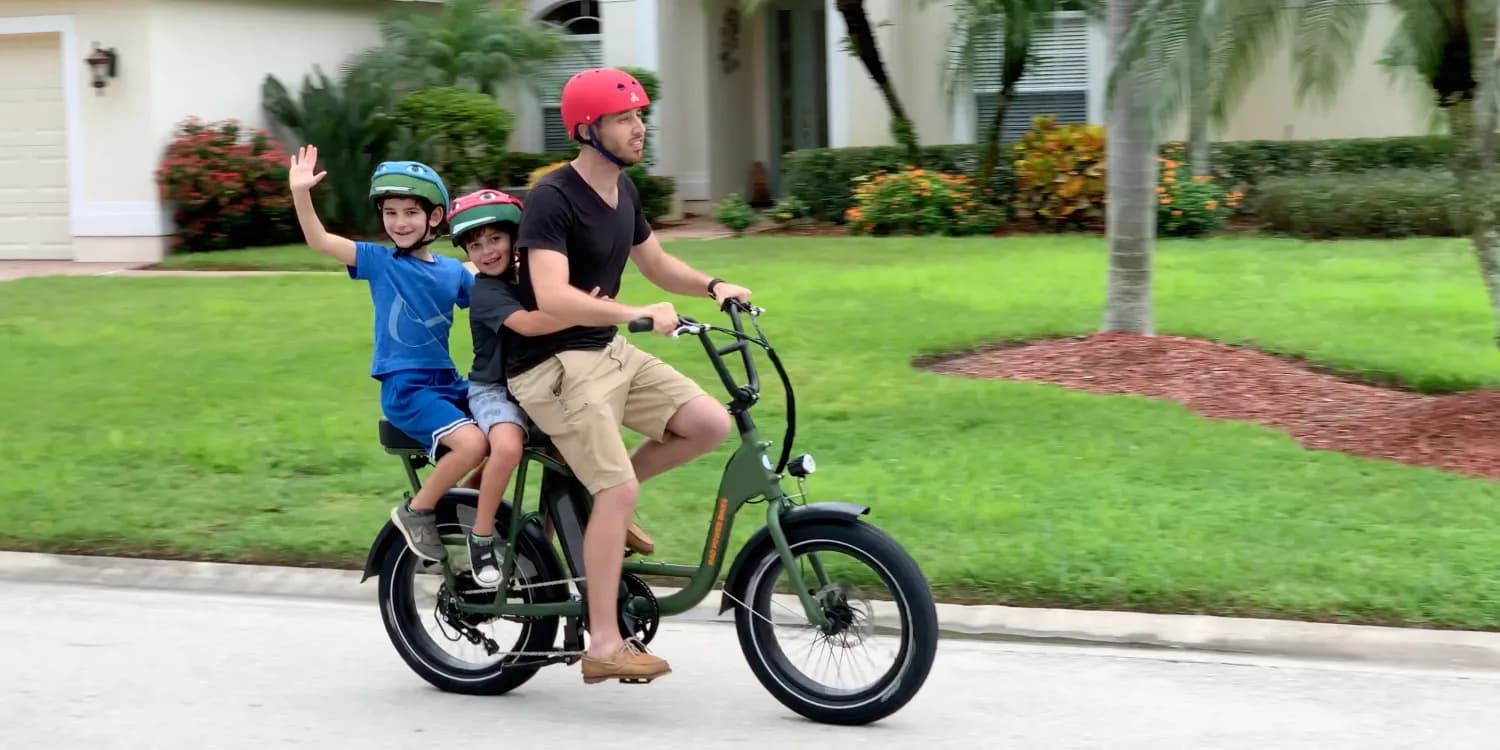
America has an SUV problem. Or rather, just a big vehicle problem in general. The land of SUVs and pickup trucks has somehow been tricked into thinking you need a 4,000-pound vehicle to carry 20 pounds of groceries home from the supermarket.
But there’s a better way, and it’s called an electric cargo bike. It will save you money. It will save you time. It will make you more attractive. And it will make you happier. I all but guarantee it.
Now let’s be clear about something. When I say “You don’t need an SUV,” I’m speaking in general terms. It’s true – generally – for most people reading this article right now.
Sure, there are some of you that regularly transport seven people across vast distances on highway and interstates. But most of us don’t. It’s a simple numbers game. Most people in the US live in cities and urban centers. And that’s why you don’t need a massive SUV.
And even for those that do “need” an SUV for certain specific tasks, you don’t need it most of the time. I’d bet dollars to donuts that most people reading this right now who own an SUV do most of their trips in it with just one or two passengers.
For those that really need a car, you probably only need a small hatchback or sedan. But I’m going to make the case for why you probably don’t even need that, or at least not for most of your trips. Especially when you consider just how far electric cargo bikes have come.
Twenty years ago, a cargo bike was a nifty invention and fun to look at, but they cost a fortune and lord help you if you ever had to pedal one up a hill.
But electric bikes have come to the rescue. Electric motors now allow e-bike builders to make cargo bikes that are easier to pedal up hills (or that don’t require any pedaling at all in the case of throttle-enabled electric cargo bikes). Prices are also quickly dropping, meaning you can get a great cargo e-bike for a song. Instead of buying an expensive second car, you can probably get away with one car and one cargo e-bike.

There are two main styles of cargo e-bikes: front-loaders and longtails. (Technically there are also cargo e-trikes as well, but we’ll leave three-wheelers for another discussion soon.)
Front-loaders have a big cargo area in the front and are generally more expensive due to the funky frame and complicated steering linkage that front loaders require.
Longtails look more like a normal bike but have loooooong rear ends that are stretched to give more rack and seat space behind the rider.
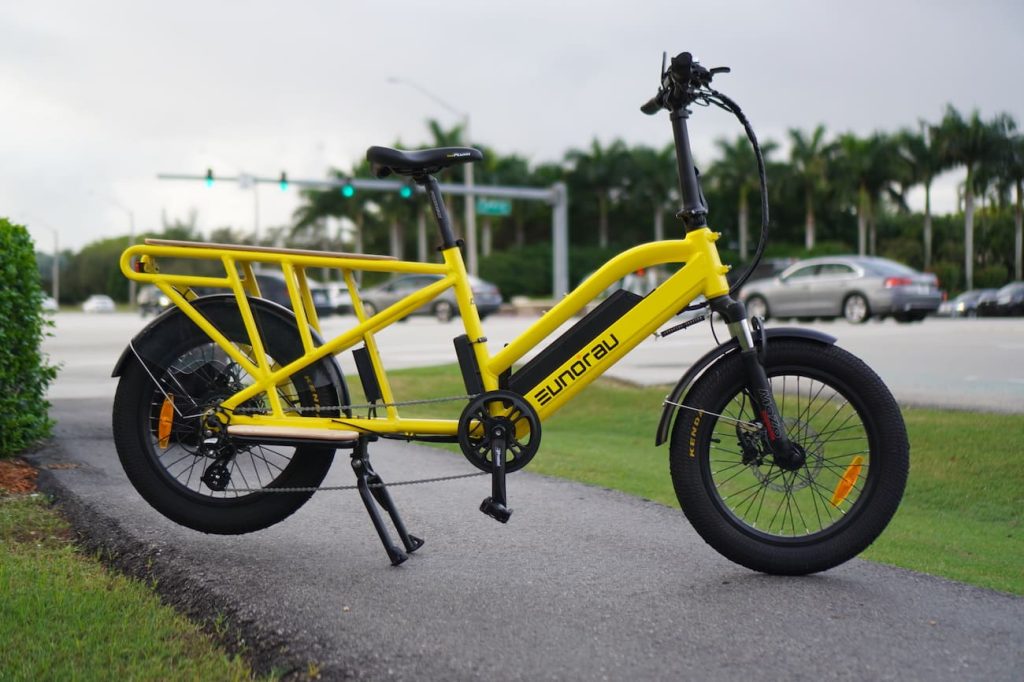
Front-loaders are a bit more advanced and can take more time to get acclimated to, as the rider is much farther from the front wheel than they’re probably used to. If you’re new to cargo bikes, a longtail is probably a better place to start.
Both offer great cargo space, they just do it differently.
Can cargo e-bikes actually replace SUVs?
Okay, so cargo e-bikes sound neat and all. But c’mon, can they really replace cars and trucks?
Yes, for most people they can. And you might balk at that, but there’s a reason why I’m confidently correct here.
It’s true because most people don’t use their SUVs to explore to the Amazon. They use them to go buy the stuff they can’t find on Amazon.
Picking up groceries. Dropping off a kid or two at school. Driving to work. These are all normal, everyday tasks that for some reason people think requires heavy machinery. Which is as ridiculous as it is depressing. If you live in a city and you drive a massive car, then you’re probably in the wrong. Unless you’ve got several dozen 2×4’s hanging out the back of that truck or the entire starting lineup from little Jimmy’s T-ball team in your SUV, then you don’t need that massive vehicle.


I’ve actually used cargo e-bikes to carry construction material before, including bags of cement and dimensional lumber. It’s just not that hard.
And I’ve carried multiple passengers on them as well. Three people on a cargo e-bike is pretty standard, though it helps when one or two of those extra souls are also children.
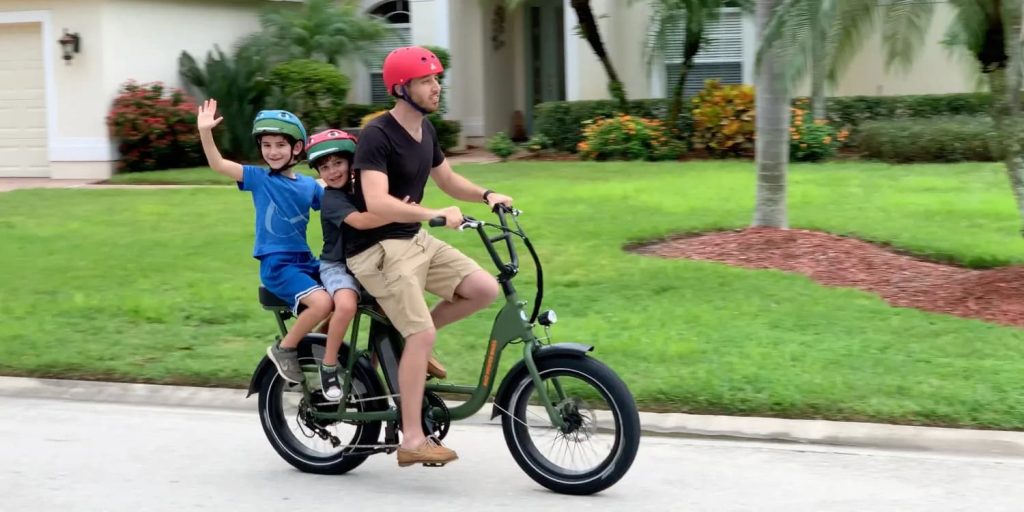
A reddit commenter in a walkable cities advocacy group recently put it best. As the redditor explained, “Are there viable bikes that can replace the true power and utility of an SUV? Not even close. Are there bikes that can replace what 99% of drivers use their SUVs for 99% of the time? Absolutely.”

Now again, there are going to be those people who say, “But I need my truck, I use it for XYZ that a bike can’t do!”
And I get it. There are some big jobs out there. My sister runs a furniture refinishing business and regularly hauls dressers, desks, and other big things around town.
But then again, maybe you’re just still stuck in that “I need a car to do this” mentality. Did you know there are actually moving companies that work entirely by bicycle? They’ll move your apartment without getting trucks involved.
When there’s a will (and a cargo bike), there’s a way.

Cargo e-bikes save money
Not only can cargo e-bikes do most of what most people use their SUVs and trucks for, but they do it cheaper.
The hundreds of dollars per month that your truck or SUV burns in gasoline would equate to probably less than a dollar of electricity to power an electric cargo bike. If you do some serious mileage then you might be looking at as much as two dollars of electricity per month.
And don’t forget the hundreds (or perhaps thousands) of dollars you’ll save each month on parking, insurance, car payments, maintenance, and all the other costs associated with car ownership.
Even the purchase price is usually 10x less. If you go nuts with the best electric cargo bikes out there from the highest dollar manufacturers, you could be looking at expensive $8,000 e-bikes. But if you are more reasonable, there are great options in the $4,000 range and still very good options in the sub-$2,000 range.
Heck, you can even get close to $1,000 if you really try. Take for example the $999 Lectric XP 3.0. It’s not a cargo e-bike (but rather a fat-tire folding e-bike), though it turns into a cargo bike when you add the $110 cargo package. Or add the $74 passenger package to easily carry a second adult rider on the bike.

Other affordable e-bikes like the Rad Power Bikes RadRunner 2 (or RadRunner Plus shown in the video above) are purpose-built for carrying passengers and offer a comfortable way to bring a friend or loved one on back.
You can even fit two riders on the back of a RadRunner as long as they’re fairly small.
Why drive to dinner in a massive car when you and your wife could zip there on an e-bike built for two? Add a little excitement and adventure into date night!
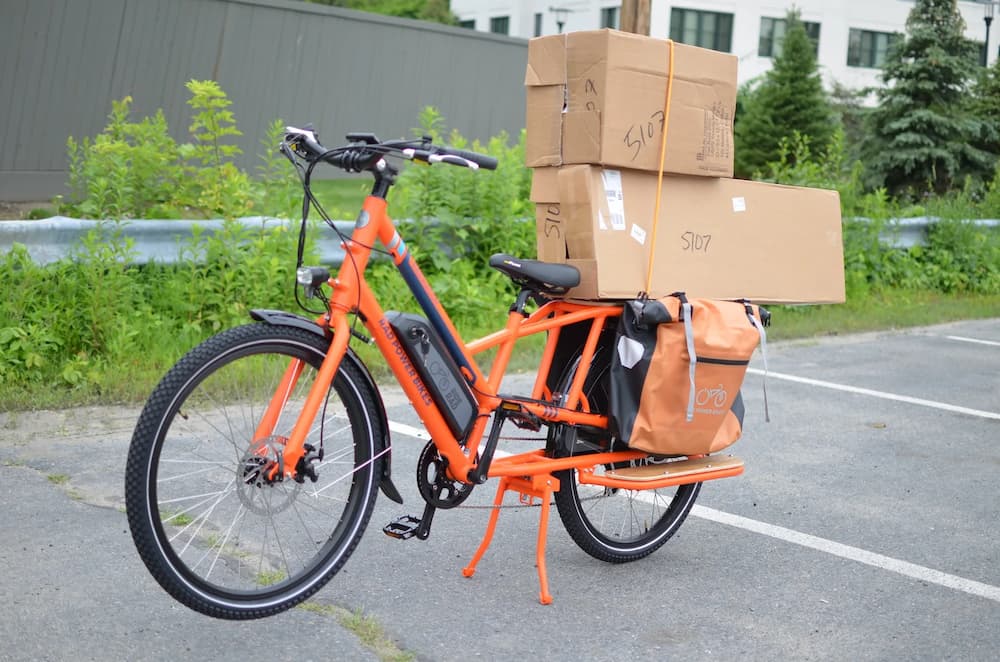
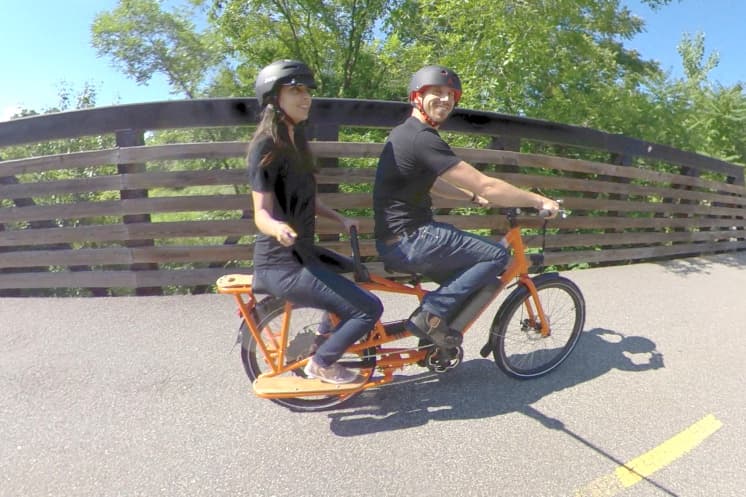
Look, just think about it
Let’s get real: Most people could do most of their daily travel needs in a city on an e-bike. But because of the world we live in, that doesn’t mean that a car can be totally replaced all the time.
For some people, that means not owning a car and occasionally using a car sharing service for the once-in-a-while Ikea trip or other car-related journey. My wife and I did that for years. If we needed a car for a couple hours here and there, we rented a car for a couple hours. It was waiting on the street corner and that’s where we left it when we were done. Easy peasy, lemon squeezy.
For others that still use a car somewhat frequently, perhaps that means having one family car but getting an e-bike instead of a second car. And of course, that also means trying to use the e-bike for as many trips as possible.
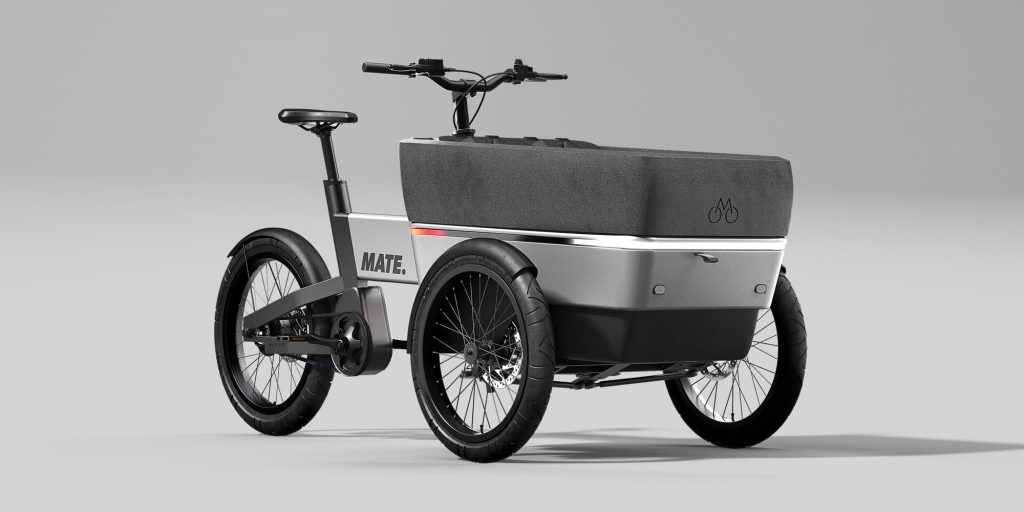
If you live at the end of a 3-mile private driveway that connects to a 70 mph six-lane highway, then an e-bike probably can’t be your only vehicle. But you also don’t exist because that’s a silly made-up scenario that the anti-anti-car crowd tends to think is all too common.
In reality, of course there are people that an e-bike won’t work for and of course there are still some cases where a big vehicle may be necessary. But those people and those cases are much fewer and farther between than most will realize. Sometimes it just takes looking at the problem from another angle.
The cargo e-bike angle.
FTC: We use income earning auto affiliate links. More.




Comments